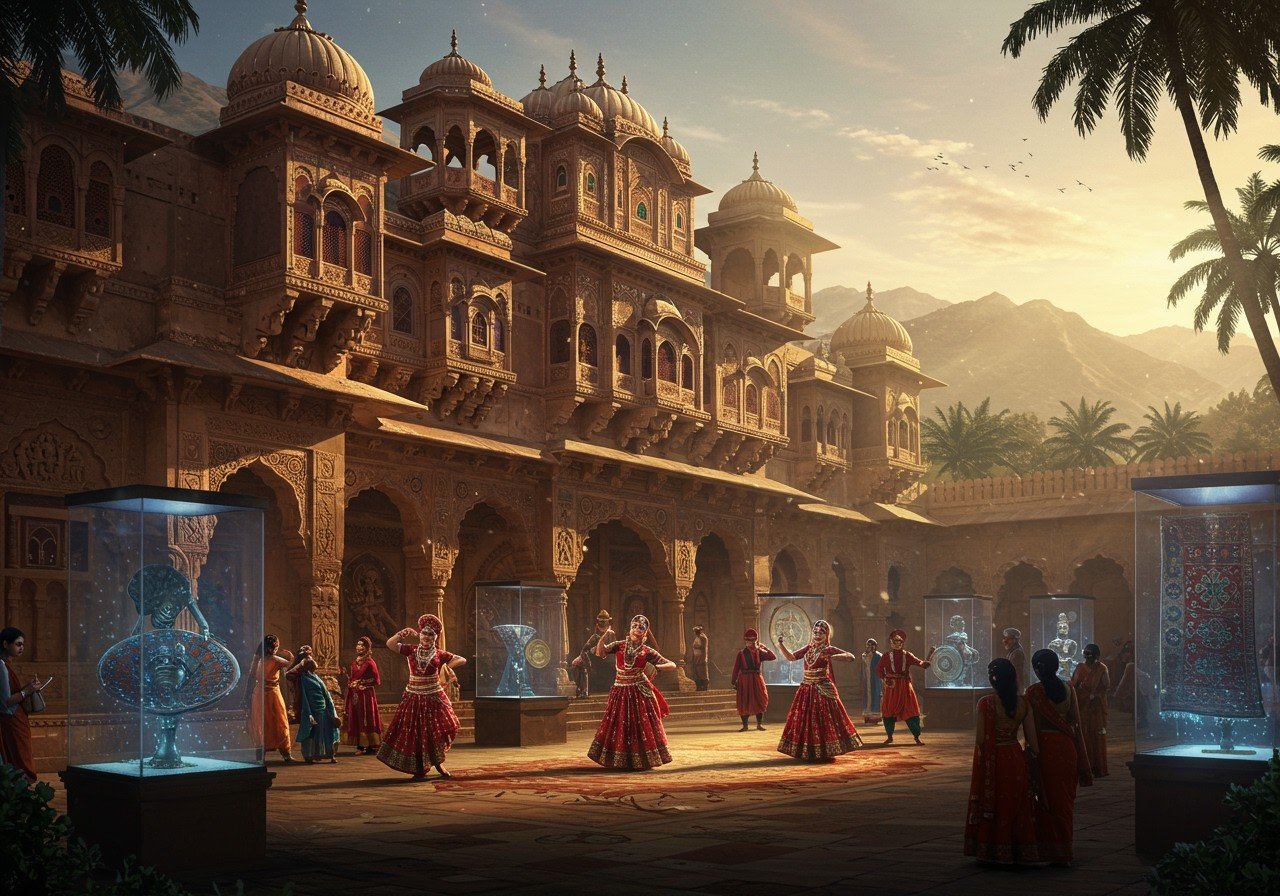
The Rai people, an indigenous ethnic group primarily from eastern Nepal, possess a vibrant and captivating cultural heritage. Their traditions, beliefs, and societal structures offer a unique glimpse into the diverse tapestry of Nepal. This article delves into the fascinating world of the Rai people, exploring their history, religious practices, social dynamics, and the symbolic importance of their cultural expressions. Let’s embark on a journey to discover the rich legacy of the Rai community.
Origins and Distribution
The Rai people predominantly inhabit the eastern hills of Nepal, particularly the regions west of the Arun River and the area encompassed by the Sun Kosi River basin, typically residing at elevations between 5,500 and 7,700 feet. A smaller population also resides in southwestern Bhutan. According to the 2011 Nepal census, the Rai population numbered 620,004, representing 2.3% of Nepal’s total population.
Language and Linguistic Heritage
The Rai people speak various dialects of the Kiranti language, a Tibeto-Burman language family. This linguistic connection links them to other Kiranti groups in the region, highlighting a shared ancestry and cultural heritage. The preservation of their language is essential to maintaining their unique identity.
Cultural Identity and Values
The Rai community is a part of the larger Kirati group, known for its rich cultural traditions, bravery, and integrity. Their mythology includes captivating narratives about their origins, tracing their lineage back to Salpa and Ribrima, the king and queen of Salpa Pokhari. These stories and beliefs have shaped their worldview and cultural identity.
Religious Beliefs and Practices
While the Rai culture has incorporated elements from major religions they have encountered, their traditional beliefs are deeply rooted in animism. They revere natural elements, recognizing the spiritual power within mountains, rivers, forests, and other aspects of the natural world. Shamanism plays a significant role in their spiritual life, with shamans acting as intermediaries between the physical and spiritual realms, conducting rituals, and guiding the community in spiritual matters.
Festivals and Celebrations
The Rai people celebrate a variety of festivals that reflect their agricultural traditions and spiritual beliefs. One notable example is the Sakela festival, a vibrant celebration marking the harvest season. These festivals are important occasions for community gatherings, reaffirming their cultural identity and strengthening social bonds.
Social Structure and Caste System
The Rai community historically followed a traditional caste system, with distinct sub-groups within their society. While the system has evolved over time and its impact on daily life has diminished, understanding its historical context provides valuable insight into the social dynamics of the Rai people.
Modern Challenges and Cultural Preservation
As with many indigenous communities, the Rai people face challenges in preserving their cultural heritage in the face of modernization and globalization. Efforts are underway to maintain their language, traditions, and unique identity while adapting to the changing world. Supporting these initiatives is crucial to ensuring the continued vibrancy of the Rai culture.
How Poojn.in Supports Cultural Preservation
Poojn.in recognizes the importance of cultural preservation and offers a wide range of products that support the traditions and practices of various communities, including those related to white mustard (Rai) seeds, an essential element in both traditional cooking and religious ceremonies. At Poojn.in, you can find:
- Pure white mustard (Rai) seeds for cooking: Explore a variety of high-quality Rai seeds perfect for traditional recipes and culinary creations, adding authentic flavors to your dishes.
- Premium Rai for religious ceremonies: Source authentic Rai seeds specifically for use in religious rituals and ceremonies, ensuring the purity and quality of your offerings.
Poojn.in is committed to providing authentic and high-quality products that help individuals and communities maintain their cultural traditions. Discover our collection of cultural and religious products today.
Conclusion
The Rai people of Nepal represent a vibrant cultural heritage, rich in tradition, resilience, and spiritual depth. By understanding their history, beliefs, and societal structures, we gain a deeper appreciation for the diverse tapestry of Nepal and the importance of cultural preservation. As they navigate the challenges of modernization, supporting their efforts to maintain their unique identity ensures that their rich legacy continues to flourish for generations to come.


